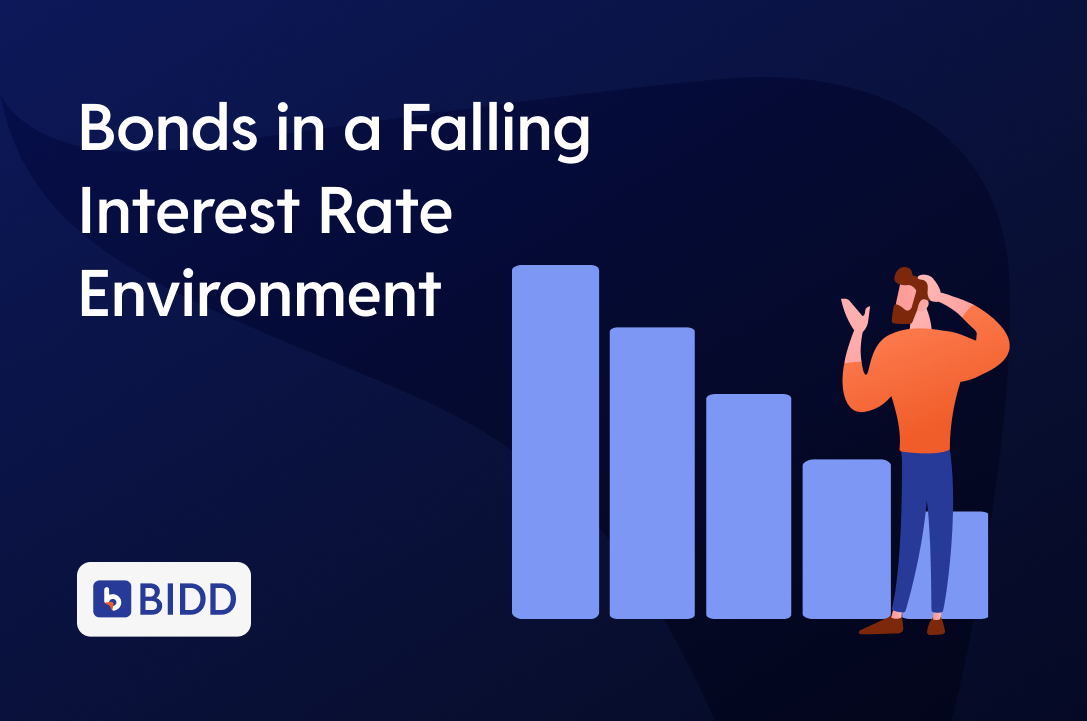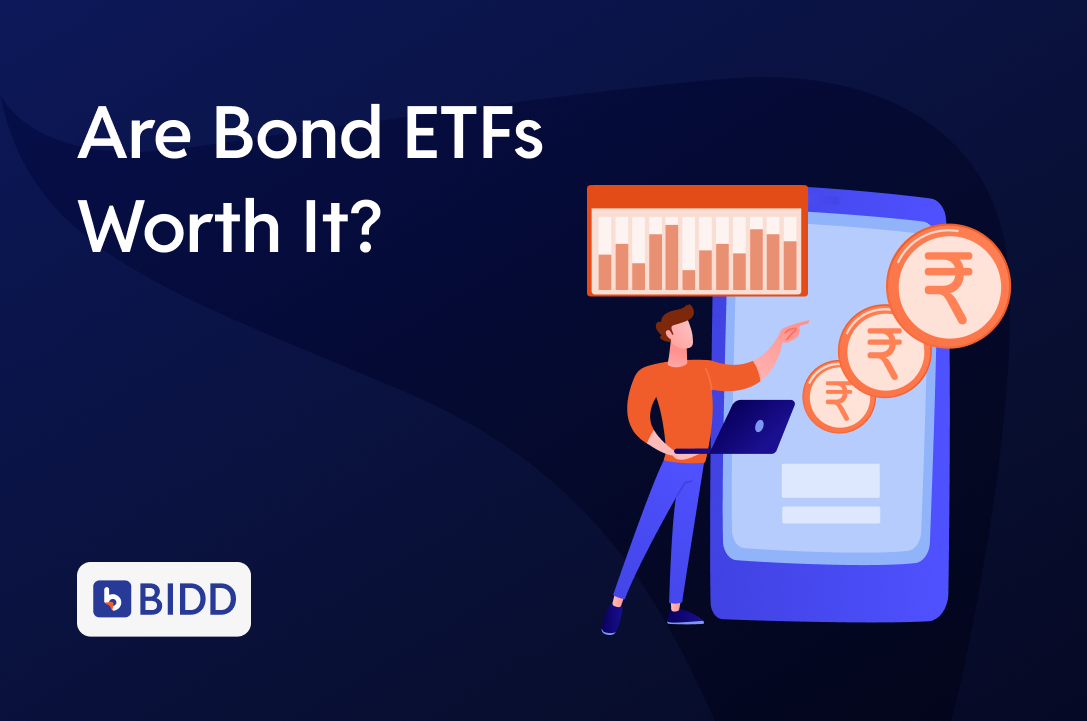What Really Happens to Bonds When Interest Rates Drop
Let’s Start with a Quick Scenario:
You bought a bond last year with a 9% coupon.
Today, new bonds offer just 7%.
Suddenly, your bond looks like gold.
Welcome to a falling interest rate environment.
But what does that really mean for you — and how can you make the most of it?
What Are Interest Rates?
Think of interest rates as the price of money:
- When they rise, borrowing becomes expensive.
- When they fall, borrowing gets cheaper.
For bond investors, interest rates are like the wind —
They can push your returns forward or slow your momentum.
So, What Happens When Interest Rates Fall?
Bond prices go up.
Why?
Because your existing bonds pay a higher coupon than newly issued ones.
A Real-Life Analogy
You hold a bond paying 9%.
Now new bonds offer just 7%.
Any buyer would prefer yours.
To match that higher return, they’d be willing to pay a premium —
and that’s how your bond‘s market value increases.
Key Point: Price Moves, But Coupon Doesn’t
Your coupon — the interest you earn — stays fixed.
But your bond‘s market price rises.
If you sell before maturity, you could make a capital gain.
Example:
- Bond A
- Coupon: 9%
- Bought at ₹1,000
- Interest rates fall
- Market value rises to ₹1,050
- Profit = ₹50 if sold
Why Does This Matter?
Falling rates can:
- Increase the market value of bonds you already hold
- Let you lock in high yields before they disappear
- Offer trading gains if sold in the secondary market
But be careful — new bonds issued later will likely offer lower returns.
What Triggers Falling Interest Rates?
Central banks (like RBI) may reduce rates to:
- Stimulate economic growth
- Lower borrowing costs
- Tackle recession or deflation
This usually occurs during:
- Economic slowdowns
- Falling inflation
- Global uncertainty
Spotting these early gives you an edge as an investor.
Strategies for a Falling Rate Environment
- Lock in Higher Yields Now
If you expect rates to fall further, invest in high-coupon bonds before they vanish. - Go Long
Long-duration bonds benefit more in falling rate cycles.
More duration = more price gain.
(But also, more risk if rates rise again.) - Consider Gilt Funds or Long-Term Debt Funds
These funds hold long-term government securities that usually rally when rates drop. - Don’t Ignore Liquidity
Rising prices are only useful if you can exit.
Stick with bonds that are listed and actively traded.
But Watch Out…
Falling rates won’t last forever.
Eventually, they hit a floor — and start rising again.
So:
- Don’t overextend on long-duration
- Reassess your bond portfolio regularly
- Stay informed
Quick Recap: Falling Rates and Bonds
| Scenario | What Happens |
| You hold a high-coupon bond | It becomes more valuable |
| You buy new bonds | Lower yields are on offer |
| You sell old bonds | Potential capital gains |
| You wait too long | Could miss the best yields |
Final Thoughts
In a falling interest rate world:
- Your old bonds can become star performers
- Your portfolio value may rise
- But new opportunities may shrink
What smart investors do:
- Stay informed
- Act early
- Balance return with liquidity
Because in bonds —
It’s not just about what you earn.
It’s when you earn it — and how quickly you can act on it.
Disclaimer: This blog is intended solely for educational and informational purposes. It should not be construed as investment advice, a recommendation, or an offer to buy or sell any financial products. Please consult a registered financial advisor before making any investment decisions.




